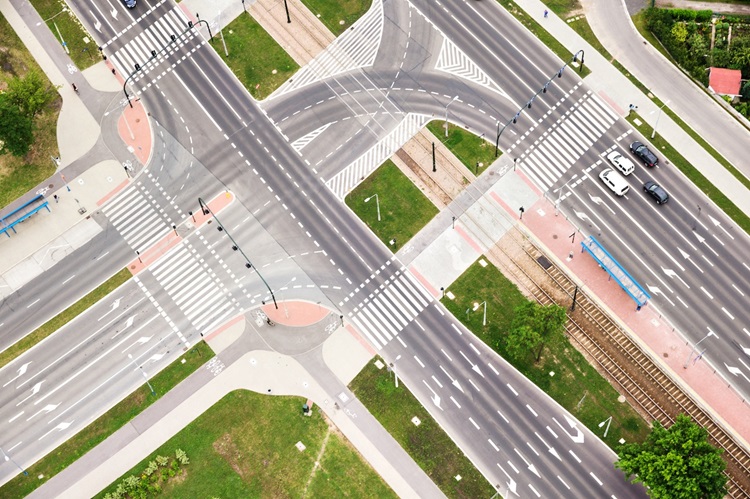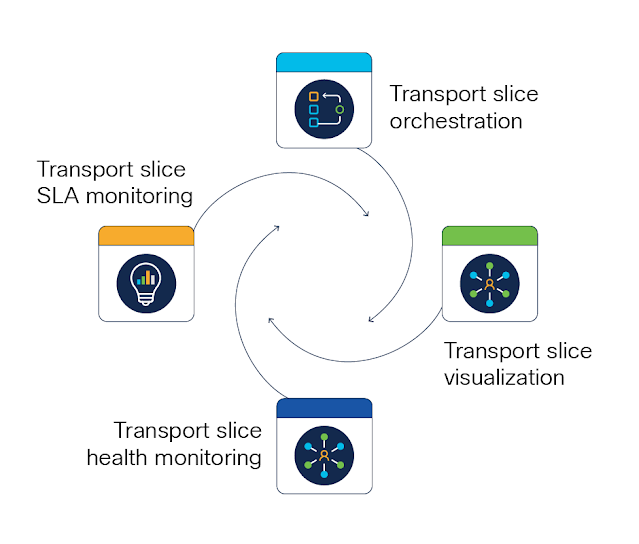The world of computing is undergoing a revolution with two powerful forces converging: Quantum Computing (QC) and Generative Artificial Intelligence (GenAI). While GenAI is generating excitement, it’s still finding its footing in real-world applications. Meanwhile, QC is rapidly maturing, offering solutions to complex problems in fields like drug discovery and material science.
This journey, however, isn’t without its challenges. Just like Dorothy and her companions in the Wizard of Oz, we face obstacles along the yellow brick road. This article aims to shed light on these challenges and illuminate a path forward.
From Bits to Qubits: A New Kind of Switch
Traditionally, computers relied on bits, simple switches that are either on (1) or off (0). Quantum computers, on the other hand, utilize qubits. These special switches can be 1, 0, or both at the same time (superposition). This unique property allows them to tackle problems that are impossible or incredibly difficult for traditional computers. Imagine simulating complex molecules for drug discovery or navigating intricate delivery routes – these are just a few examples of what QC excels at.
The Power and Peril of Quantum Supremacy
With great power comes great responsibility and potential danger. In 1994, Peter Shor developed a theoretical model that could break widely used public-key cryptography like RSA, the security system protecting our data. This method leverages the unique properties of qubits, namely superposition, entanglement, and interference, to crack encryption codes. While the exact timeframe is uncertain (estimates range from 3 to 10 years), some experts believe a powerful enough quantum computer could eventually compromise this system.
This vulnerability highlights the “Steal Now, Decrypt Later” (SNDL) strategy employed by some nation-states. They can potentially intercept and store encrypted data now, decrypting it later with a powerful quantum computer. Experts believe SNDL operates like a Man in the Middle attack, where attackers secretly intercept communication and potentially alter data flowing between two parties.
The Intersection of GenAI and Quantum: A Security Challenge
The security concerns extend to GenAI, as well. GenAI models are trained on massive datasets, often containing sensitive information like code, images, or medical records. Currently, this data is secured with RSA-2048 encryption, which could be vulnerable to future quantum computers.
The Yellow Brick Road to Secure Innovation
Imagine a world where GenAI accelerates drug discovery by rapidly simulating millions of potential molecules and interactions. This could revolutionize healthcare, leading to faster cures for life-threatening illnesses. However, the sensitive nature of this data requires the highest level of security. GenAI is our powerful ally, churning out potential drug candidates at an unprecedented rate. But we can’t share this critical data with colleagues or partners for fear of intellectual property theft while that data is being shared. Enter a revolutionary system that combines the power of GenAI with an encryption of Post-Quantum Cryptography (PQC) which is expected to be unbreakable. This “quantum-resistant” approach would allow researchers to collaborate globally, accelerating the path to groundbreaking discoveries.
Benefits
- Faster Drug Discovery: GenAI acts as a powerful tool, rapidly analyzing vast chemical landscapes. It identifies potential drug candidates and minimizes potential side effects with unprecedented speed, leading to faster development of treatments.
- Enhanced Collaboration: PQC encryption allows researchers to securely share sensitive data. This fosters global collaboration, accelerating innovation and bringing us closer to achieving medical breakthroughs.
- Future-Proof Security: Dynamic encryption keys and PQC algorithms ensure the protection of valuable intellectual property from cyberattacks, even from future threats posed by quantum computers and advanced AI.
- Foundational Cryptography: GenAI and Machine Learning (ML) will become the foundation of secure and adaptable communication systems, giving businesses and governments more control over their cryptography.
- Zero-Trust Framework: The transition to the post-quantum world is creating a secure, adaptable, and identity-based communication network. This foundation paves the way for a more secure digital landscape.
Challenges
- GenAI Maturity: While promising, GenAI models are still under development and can generate inaccurate or misleading results. Refining these models requires ongoing research and development to ensure accurate and reliable output.
- PQC Integration: Integrating PQC algorithms into existing systems can be complex and requires careful planning and testing. This process demands expertise and a strategic approach. NIST is delivering standardized post-quantum algorithms (expected by summer 2024).
- Standardization: As PQC technology is still evolving, standardization of algorithms and protocols is crucial for seamless adoption. This would ensure that everyone is using compatible systems.
- Next-Generation Attacks: Previous cryptography standards didn’t require AI-powered defenses. These new attacks will necessitate the use of AI in encryption and key management, creating an evolving landscape.
- Orchestration: Cryptography is embedded in almost every electronic device. Managing this requires an orchestration platform that can efficiently manage, monitor, and update encryption across all endpoints.
The Journey Continues: Embrace the Opportunities
The path forward isn’t paved with yellow bricks, but with lines of code, cutting-edge algorithms, and unwavering collaboration. While the challenges may seem daunting, the potential rewards are truly transformative. Here’s how we can embrace the opportunities:
- Investing in the Future: Continued research and development are crucial. Funding for GenAI development and PQC integration is essential to ensure the accuracy and efficiency of these technologies.
- Building a Collaborative Ecosystem: Fostering collaboration between researchers, developers, and policymakers is vital. Open-source platforms and knowledge-sharing initiatives will accelerate progress and innovation.
- Equipping the Workforce: Education and training programs are necessary to equip the workforce with the skills needed to harness the power of GenAI and PQC. This will ensure a smooth transition and maximize the potential of these technologies.
- A Proactive Approach to Security: Implementing PQC algorithms before quantum supremacy arrives is vital. A proactive approach minimizes the risk of the “Steal Now, Decrypt Later” strategy and safeguards sensitive data.
The convergence of GenAI and QC is not just a technological revolution, it’s a human one. It’s about harnessing our collective ingenuity to solve some of humanity’s most pressing challenges. By embracing the journey, with all its complexities and possibilities, we can pave the way for a golden future that is healthier, more secure, and brimming with innovation.
Source: cisco.com


















